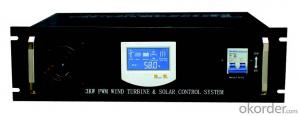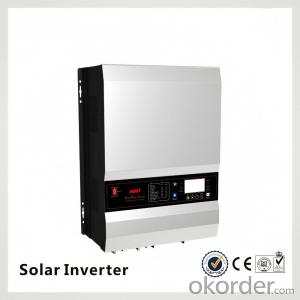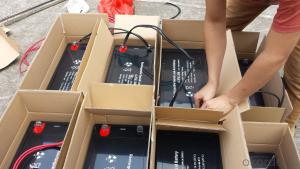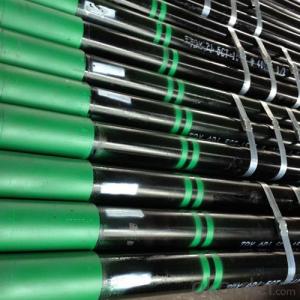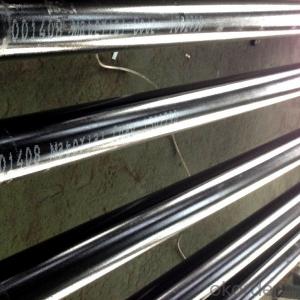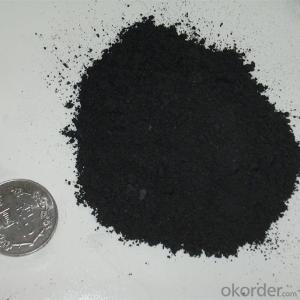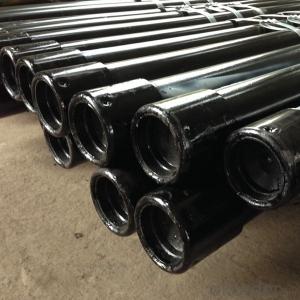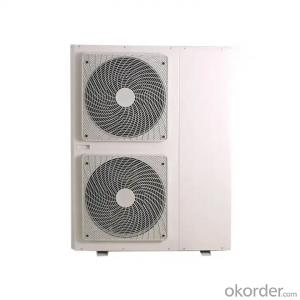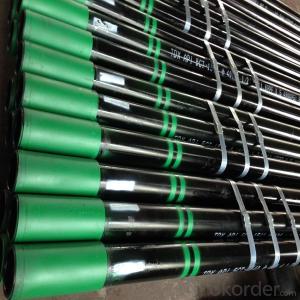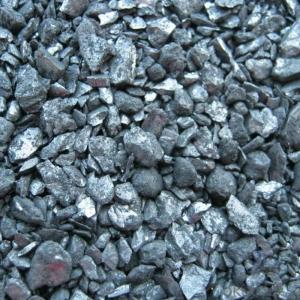Solar Hybrid Inverter
Solar Hybrid Inverter Related Searches
Solar Inverter Hybrid Hybrid Solar Inverter Solar System Hybrid Inverter Inverter Solar Hybrid Hybrid Solar Power Inverter Hybrid Inverter Solar Inverter Hybrid Solar Solar Hybrid Inverter System Hybrid Solar Charger Inverter Solar Panel Hybrid Inverter Hybrid Solar Inverter System Smart Hybrid Solar Inverter Hybrid Inverter Solar System Solar Edge Hybrid Inverter Hybrid Solar Inverter Charger Hybrid Inverter Charger Solar Solar Solar Inverter Buy Hybrid Solar Inverter Tesla Hybrid Solar Inverter Hybrid Inverter Solar Panel Sun Solar Inverter Solar Hybrid Inverter 48v Best Solar Hybrid Inverter Solar Electric Inverter Solar Hybrid Pcu Inverter Solar Photovoltaic Inverter Solar Energy Inverter Solar System Inverter Best Hybrid Solar Inverter 12v Hybrid Solar InverterSolar Hybrid Inverter Supplier & Manufacturer from China
Solar Hybrid Inverters are innovative products that combine the functionalities of a traditional solar inverter and a battery charger, providing a seamless solution for both solar power generation and energy storage. These devices are designed to optimize the use of solar energy by converting the generated power into usable AC power for homes and businesses, while also charging batteries for backup power during periods of low or no sunlight.The application and usage scenarios for Solar Hybrid Inverters are vast, making them a popular choice for various settings. They are commonly used in residential and commercial solar power systems, off-grid applications, and backup power solutions for critical loads. These inverters are also ideal for remote areas where grid electricity is unreliable or unavailable, ensuring a consistent power supply and reducing reliance on fossil fuels.
Okorder.com is a leading wholesale supplier of Solar Hybrid Inverters, boasting a large inventory that caters to the diverse needs of customers worldwide. With a commitment to quality and customer satisfaction, Okorder.com offers a wide range of options, ensuring that clients can find the perfect Solar Hybrid Inverter to meet their specific requirements and budget.
Hot Products



















